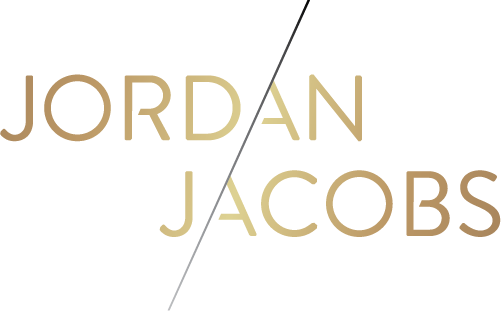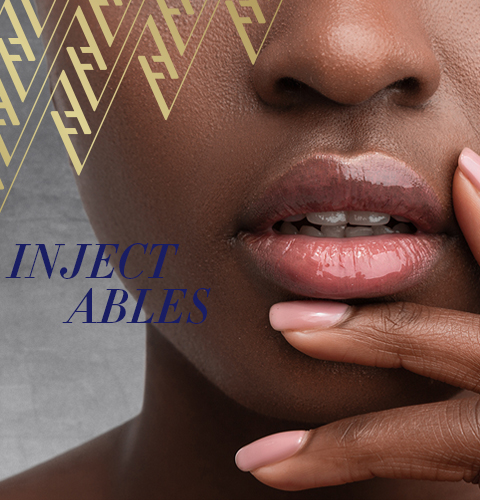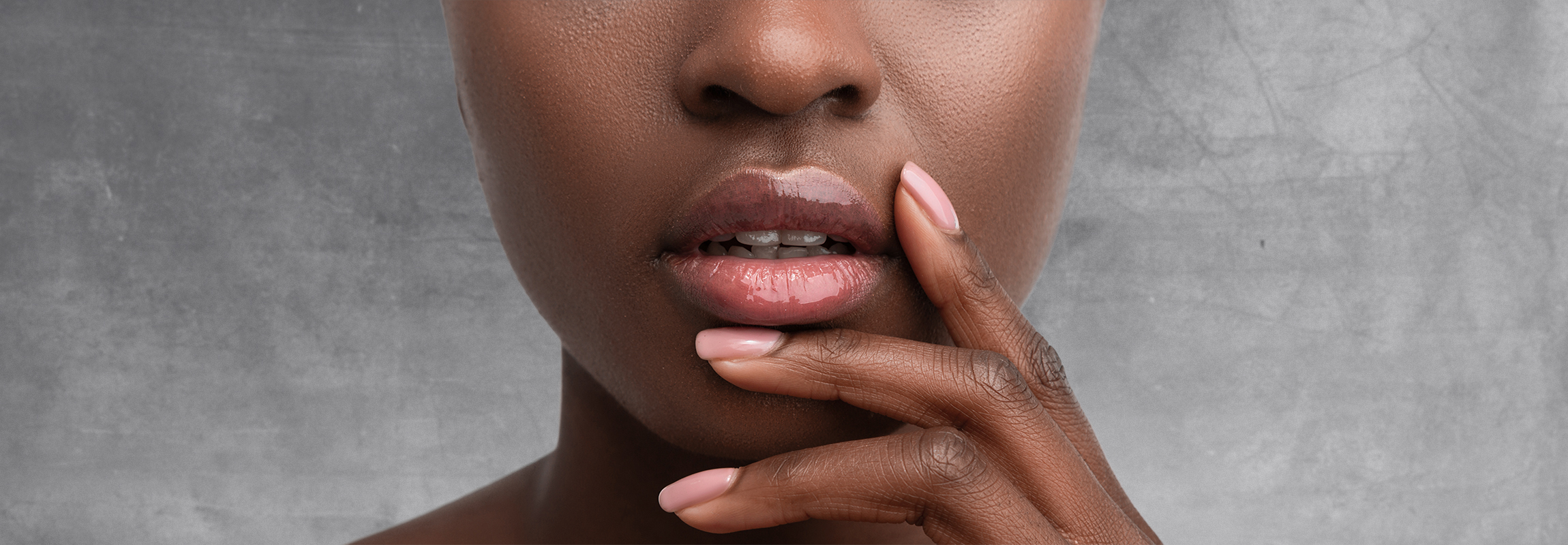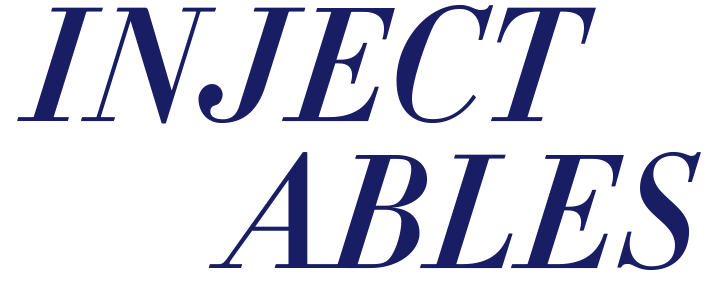Below are frequently asked questions (FAQs) about Botox, facial fillers, dermal fillers, vitamin therapy, and other injectables that should answer most general concerns. If you have additional questions, please don’t hesitate to contact us or schedule a consultation.
What are injectables?
In a nutshell, injectables are chemical substances inserted into the skin with a needle that support muscles, or plump up the skin, lessening the appearance of wrinkles. The two name types of injectables are botulinum toxin (usually referred to as Botox® and dermal fillers (often using collagen or one’s own body fat).
Botox comes in the form of a purified protein and is injected into the facial muscles, blocking the transmitters between the motor nerves that innervate the muscle. Once the motor nerve endings are interrupted, the muscle cannot contract, ceasing the dynamic motion that causes wrinkles in the skin. The skin begins to smooth out, and within 3-10 days after treatment, the skin above those muscles becomes nice and smooth. The effects of Botox last for approximately 3-4 months, at which time the patient will need retreatment.
How long is the treatment?
Administered in the comfort and convenience of our office, Botox, facial fillers, and other dermal filler injections can generally be performed in half an hour or less, depending on the number of targeted areas being addressed. In fact, we’ve had several patients receive treatment over their lunch break.
Because every patient is different, Jordan will create a personalized treatment plan to meet your aesthetic goals and ensure the best results.
What specific concerns can be treated?
Botox is commonly used cosmetically for smoothing of facial wrinkles on the forehead, between the eyes (glabellar region), around the corners of the eyes (crow’s feet), around the lips, and on the neck (bleed lines). Dermal fillers and injectables reduce the visible signs of aging such as droopy or sagging skin, fold lines and creases, disappearing fat, jowls or dropping of lower cheeks, and double chin or “turkey neck.”
Botox also has important clinical uses as well as an adjunct in temporomandibular joint disorder (TMJ) and bruxism, even more so for patients with chronic TMJ and facial pain. Botox is a muscle relaxer, and when given in half the dose of a cosmetic treatment, it can greatly reduce the intensity of muscle contractions and give patients significant relief. Botox is used to complement esthetic dentristy cases, such as in the treatment of high lip line cases, lip augmentation, patient adjustment to wearing removable prosthetics (dentures) and in orthodontic cases where retraining of the facial muscles is necessary.
Is there any recovery or downtime?
Recovery or downtime following treatment is rare, though some degree of bruising and/or swelling in the targeted areas is common. That said, these side effects should fade relatively quickly, and most patients are able to return to work and/or normal daily routines as soon as they leave our office.
Who performs the injections?
Jordan Jacobs administers all of the Botox injections. Jordan’s area of expertise includes non-surgical facial rejuvenation with her distinctive injection technique.
Are Botox treatments, facial fillers, dermal fillers, and vitamin therapy painful?
Jordan Jacobs takes great care in minimizing any potential pain or discomfort with patients. When asked, the majority of individuals say they experience little to no discomfort at all.
How quickly will results appear, and how long will they last?
The revitalizing effects of Botox, facial fillers, dermal fillers, and vitamin therapy may take up to two weeks to become fully apparent, and they can often last for several months. To maintain ideal results, touch-up treatments can be received on a periodic basis.





